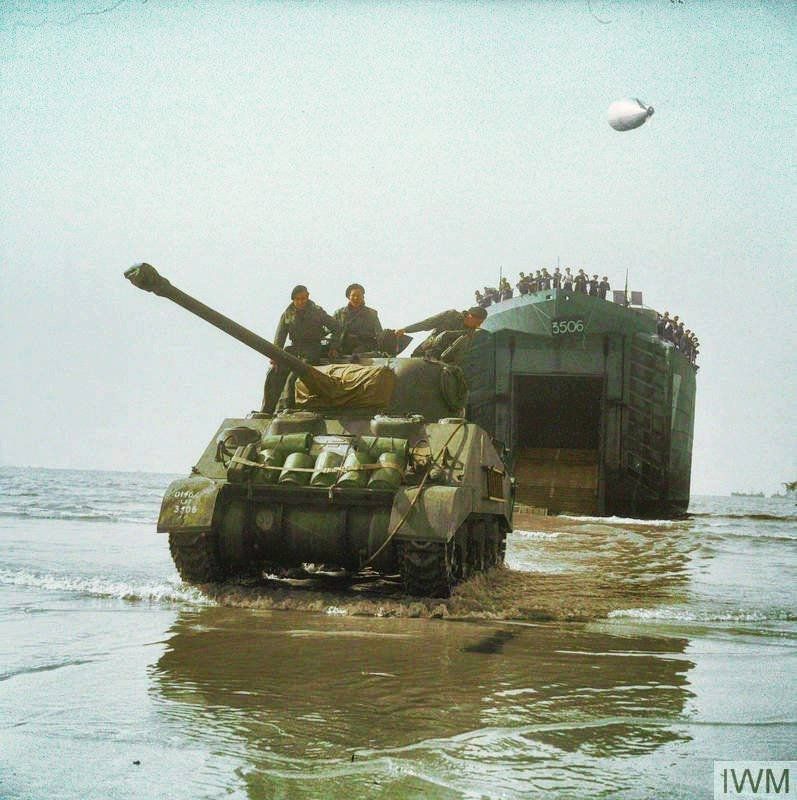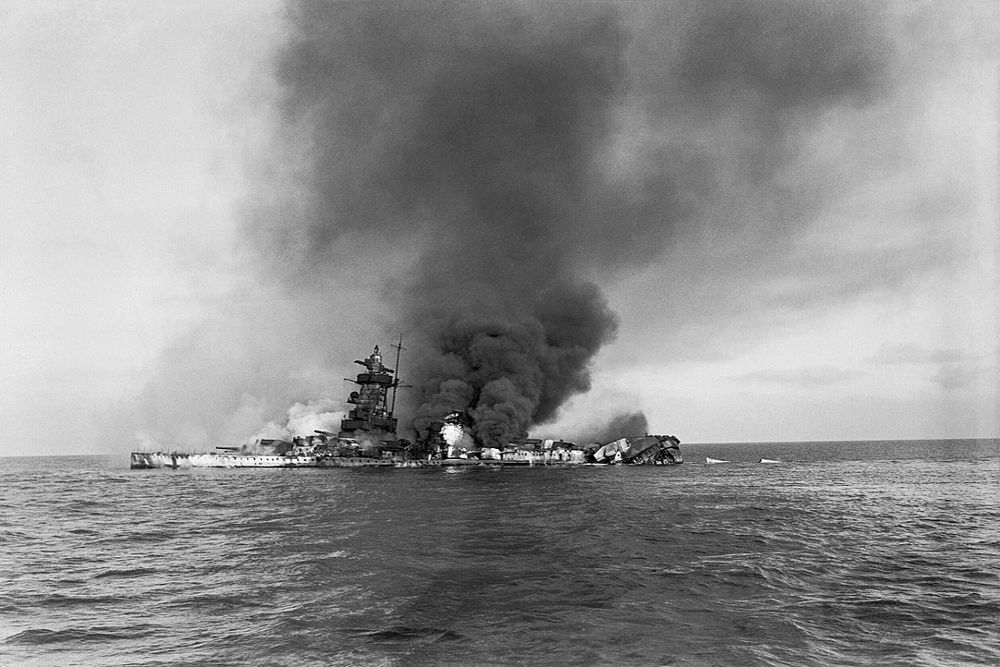Not precisely a day “during W.W. 2”, but nevertheless very relevant to it, was February 15, 1933. On that day, Giuseppe Zangara tried to assassinate president-elect Franklin D. Roosevelt, a mere two weeks before his inauguration. Zangara was a desperate man of doubtful psychological stability and blamed his difficulties on the rich and the powerful. He was also quite short and not in the front row, so he had difficult taking his aim with taller people standing in front of him, climbed an unstable chair, and missed Roosevelt. Mrs. Lillian Cross, standing in front of him, turned around to bravely grab the arm holding the gun, but while others rushed to overpower Zangara, he did fire four more bullets. Several people were wounded, among them Mayor Anton Cermak of Chicago, who would die of his injuries a few weeks later. Zangara was initially convicted to 80 years in prison, but faced execution for murder a month later after Cermak had died.

Needless to say that history would have been dramatically different if Zangara had succeeded. That scenario has been the topic of speculation and fiction, most notably as the point of divergence in the well-known novel The Man in the High Castle by Philip K. Dick.














